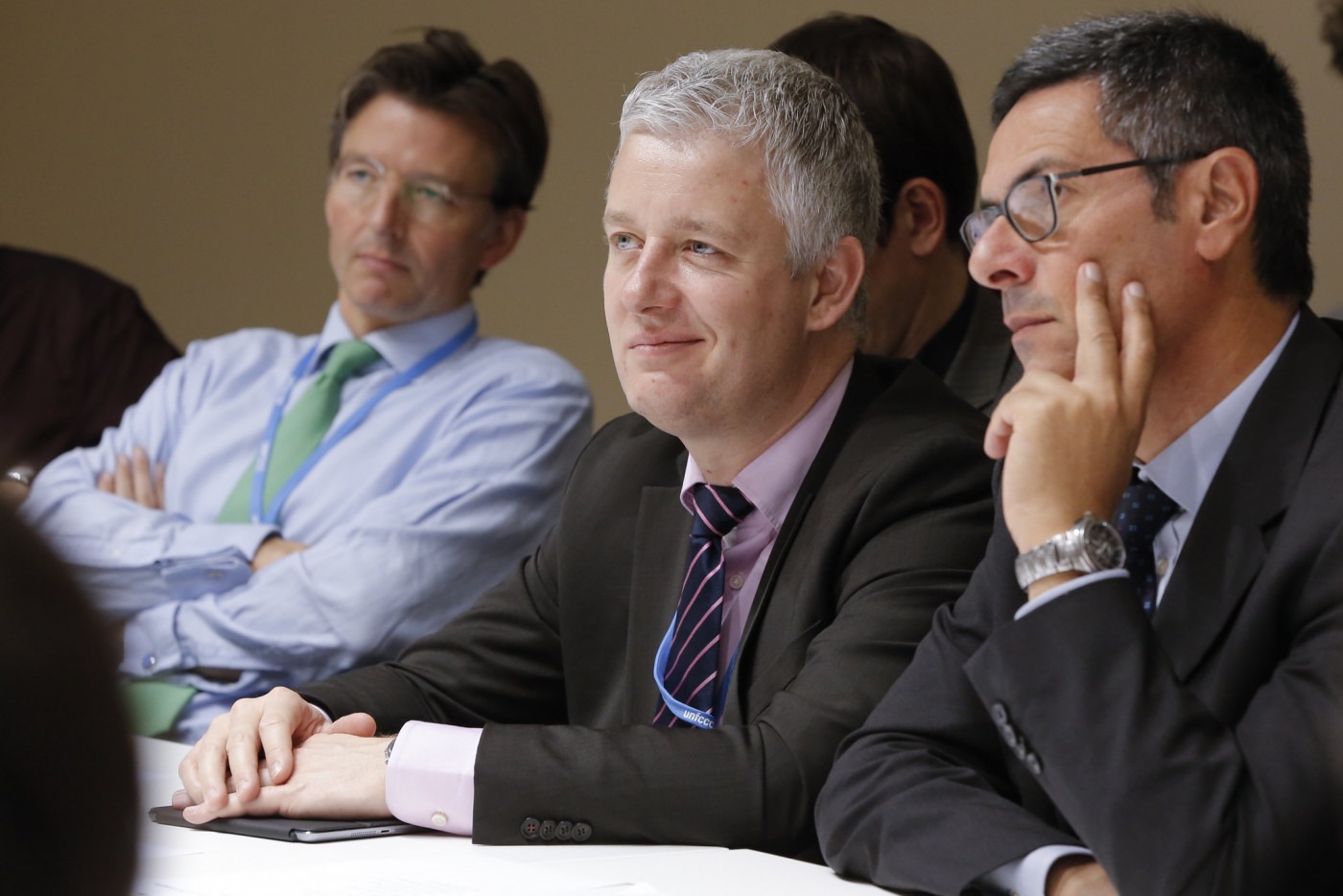1.6°C is the new 1.5°C. That’s (kind of) a big deal.
Last November, governments from around the world arrived in Dubai for COP28. Two weeks later, they left with a new agreement. The headline was simple – they reaffirmed their commitment to the 1.5°C target from the 2015 Paris Agreement and vowed to adjust their respective climate targets accordingly. All was well.
Then, just this August, a group of researchers led by Christoph Bertram released a new paper. In it, they all but declared that keeping average temperatures to 1.5°C above pre-industrial levels was now impossible. That was 8 months after COP28. What went wrong?
Governments have centred their decarbonisation plans around 1.5°C – not just since last year’s COP28, but since the target was brought in 9 years ago in Paris. Before that conference, the academic consensus was simply that average temperatures needed to remain below 2°C. There was no universal agreement about the number that should be targeted, so policymakers had no north star. Multilateral efforts to reduce emissions, such as the Kyoto Protocol in 1992, did not come with a neat headline figure, and instead had each country set itself a baseline for performance. Notably, the treaty did not stop India and China from ramping up emissions, and the US refused to ratify the treaty.
According to the scientists, the path to get there was “geophysically feasible”, but necessitated net-zero plans that would be politically difficult.
Paris was different. First championed by smaller countries in 2009, a single number, 1.5°C, began to take centre stage. Instead of academia informing policy, the policymakers took the reins. Any number was an achievement – even the consensus broad target of below 2°C had failed to make it into the climate change agreement at the G8 in 2008 – and they decided on 1.5°C. According to the scientists, the path to get there was “geophysically feasible”, but necessitated net-zero plans that would be politically difficult. Across the globe, over the next 9 years, the politics won out.
According to Bertram and his team, the best-case scenario now is keeping temperatures below 1.6°C. That’s a tenth of a degree above the previous benchmark.
For all the symbolic significance of a 1.5°C limit being declared near impossible, a best case 0.1°C increase in that limit might not sound substantial. If you were planning a trip somewhere, hearing that it would be 0.1°C hotter than you had expected probably wouldn’t change your plans at all.
For the best-case scenario to go from 1.5°C to 1.6°C means we have not slowed down warming nearly enough.
The context, then, is important. 1.5°C has been part of so many headlines that it has become easy to think of it in isolation – indeed a 1.5°C difference in temperature would also be unlikely to affect your trip – but any thought of the figure should be followed by a silent above pre-industrial levels. Scientists tell us that average temperatures today being 1.5°C over average temperatures 150 years ago is causing, and will cause, wide-ranging climate change. Already in the UK, attribution studies have linked recent flooding intensity to global warming, and our dependence on imported food – being that 78% of the UK’s fruit and veg comes from abroad – means that the more dramatic climate change taking place further afield affects us here day-to-day too.
This, then, is a game of small margins, where each tenth of a degree counts. For the best-case scenario to go from 1.5°C to 1.6°C means we have not slowed down warming nearly enough. It means the best-case scenario is getting worse and we must move faster to decarbonise.
Although 1.5°C was dreamed up by policymakers in Paris, well below 2°C was a long-established scientific consensus by then.
Although 1.5°C was dreamed up by policymakers in Paris, well below 2°C was a long-established scientific consensus by then. As we continue to breach 1.5°C in the medium term and get closer to average long-term temperatures being 2°C above pre-industrial levels, tipping events – instantaneous changes in specific climates that have dramatic spill over effects – become more likely.
Because there are symbolic and substantive implications of a failure to limit temperature rise to 1.5°C, there has previously been some reluctance from researchers to discuss the possibility. Since 2022, many have spoken out, but others feared dampening climate action, or that people would use the news to abandon emission reduction altogether, labelling net-zero and all such efforts as failures that had only succeeded in strangling economic growth.
In light of these concerns, it is important to maintain that all is not lost as we address the reality that 1.6°C is the new 1.5°C. Any increase above the old threshold remains preferable to 1.7°C, or 1.8°C, and so forth. The effects – on our food, weather, and health – are preferable. Therefore, we must never cease in moving towards a greener future, and must only move faster.

Comments (1)
Emissions continue to rise and those in power continue to push for fantasy technology. Degrowth is the answer and I have yet to see a single politician or corporate executive mention it.